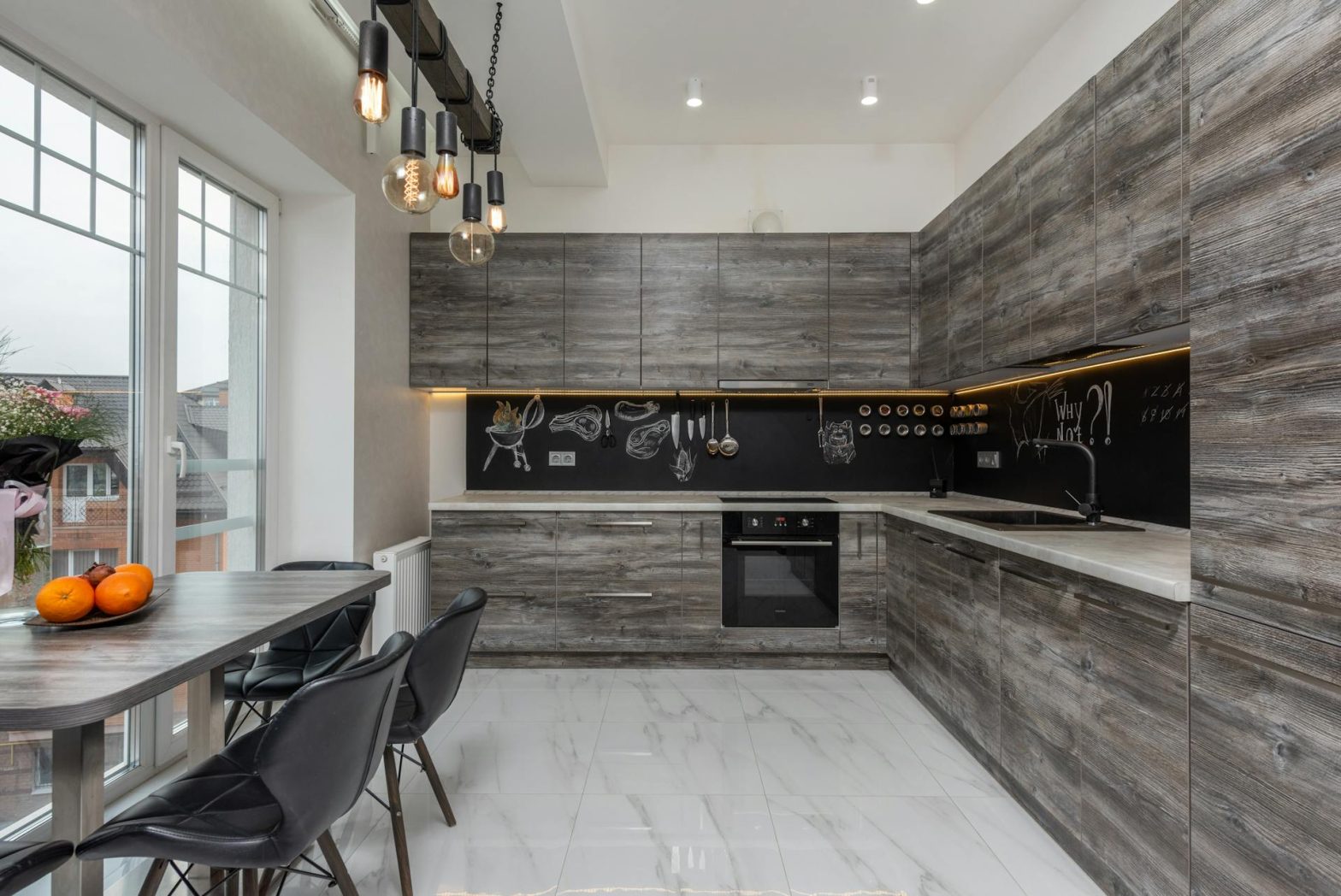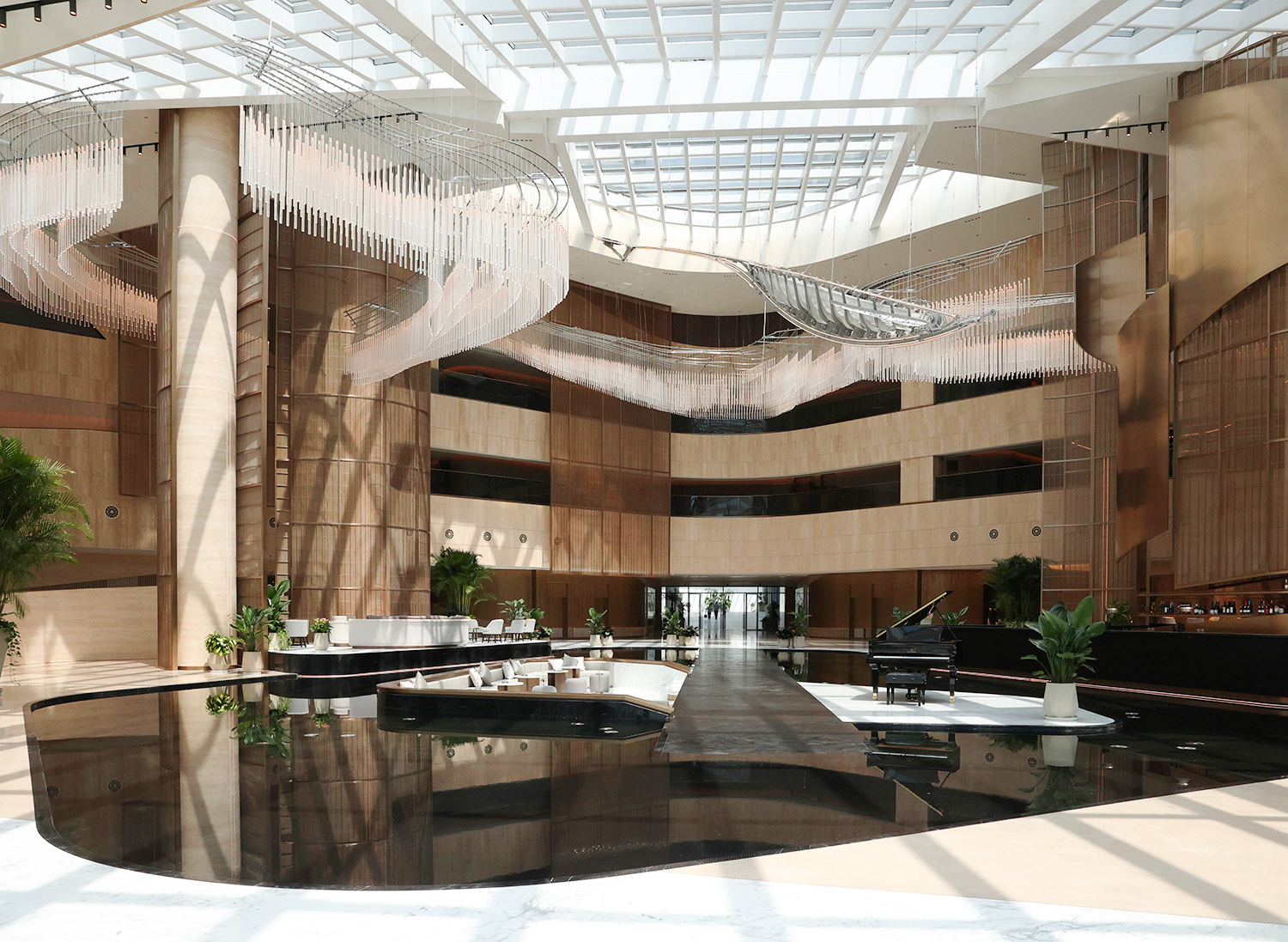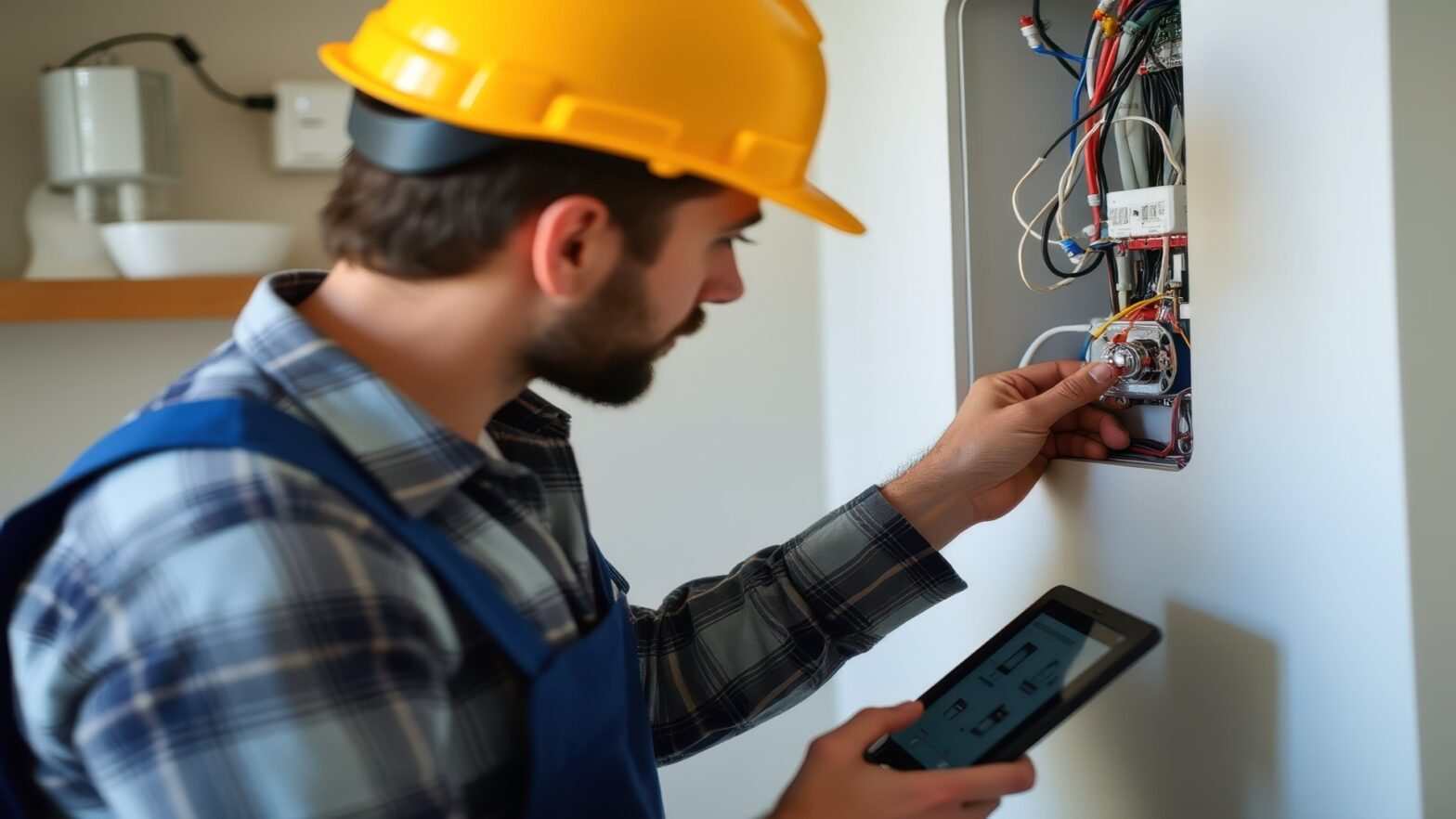Designing a sustainable kitchen is more than a trend; it’s a conscientious choice that empowers you to reduce your environmental impact while creating a functional and beautiful space. As the heart of the home, the kitchen becomes pivotal for implementing sustainable practices.
From reducing waste to optimizing energy use, designing a sustainable kitchen goes beyond aesthetics and functionality. Fortunately, creating a kitchen that serves its purpose and reflects a commitment to a more sustainable future isn’t difficult.
Enlisting the services of a remodeling company like JB Design can ensure you craft a kitchen that is as sustainable as it is stylish and functional. Below are tips to help you craft an eco-friendly kitchen that aligns with your values and contributes to a greener future:
1. Opt for Sustainable Materials
The materials you choose for your kitchen are pivotal in its sustainability. Opting for sustainable materials reduces the environmental impact and promotes a healthier living environment. One of the first steps in creating a sustainable kitchen is to choose responsibly sourced, renewable materials. For instance, consider using bamboo for flooring and countertops. Bamboo is a fast-growing grass that matures quickly, making it a highly sustainable choice compared to traditional hardwoods.
Additionally, recycled or reclaimed materials can add character to your kitchen while reducing the demand for new resources. Recycled glass countertops, for example, provide a sleek and modern look while repurposing materials that would otherwise end up in landfills.
Cabinetry is another area where sustainable choices can make a significant impact. Opt for cabinets made from certified sustainable wood or those with low volatile organic compound (VOC) finishes. VOCs are chemicals that can be harmful to both human health and the environment, so selecting cabinets with low or no VOC finishes contributes to a healthier indoor air quality.
2. Invest in Energy-Efficient Appliances
Investing in energy-efficient appliances is probably the most impactful step toward a sustainable kitchen. From refrigerators and ovens to dishwashers and lighting fixtures, modern technology offers a plethora of options designed to minimize energy consumption. Look for appliances with the ENERGY STAR label since they meet stringent energy efficiency guidelines set by the Environmental Protection Agency.
Consider appliances that utilize advanced technologies, such as induction cooktops, which not only cook food faster but also consume less energy compared to traditional electric or gas stoves. Additionally, invest in smart home technology to optimize energy use further. Smart thermostats and energy-efficient lighting systems can be integrated into your kitchen design, allowing you to monitor and control energy consumption with ease.
3. Reduce Waste
An integral part of a sustainable kitchen design is efficient waste management. Reduce, reuse, and recycle should be the mantra when it comes to handling kitchen waste. Start by minimizing single-use items in your kitchen. Invest in reusable containers, utensils, and cloth napkins to cut down on disposable waste. Designate an area in your kitchen for a compost bin to collect food scraps, which can later be used to enrich your garden soil.
Integrate recycling stations with clearly labeled bins for paper, plastic, glass, and metal. This makes it easy for everyone in the household to participate in recycling efforts. Stay informed about local recycling guidelines to ensure that you are properly disposing of materials according to your community’s regulations.
Consider a kitchen layout that incorporates a reverse osmosis water filtration system, reducing the need for bottled water and minimizing plastic waste. By implementing these waste reduction strategies, you not only contribute to a more sustainable kitchen but also cultivate a mindset of environmental responsibility within your home.
4. Incorporate More Natural Lighting and Ventilation
When designing a sustainable kitchen, the importance of natural lighting and ventilation cannot be overstated. By maximizing the use of sunlight and fresh air, you not only reduce your reliance on artificial lighting and mechanical ventilation systems but also create a more comfortable and inviting space.
Begin by strategically placing windows to capture as much natural light as possible. Consider the orientation of your home and the path of the sun throughout the day to optimize the placement of windows. Skylights and larger, energy-efficient windows can be excellent additions, allowing ample daylight to flood your kitchen.
In addition to natural lighting, prioritize natural ventilation to improve air circulation and reduce the need for energy-consuming mechanical systems. Design your kitchen layout to promote cross-ventilation by placing windows on opposite sides of the room. Consider installing venting skylights or clerestory windows high on the walls to allow hot air to escape, creating a cooling effect.
5. Prioritize Water Conservation
A sustainable kitchen should also prioritize water conservation, recognizing the vital role water plays in our ecosystem. Integrate water-saving fixtures such as low-flow faucets and aerators to minimize water usage without compromising functionality. Consider investing in a dishwasher with water-efficient features, and fix any leaks promptly to prevent unnecessary water wastage.
Design your kitchen layout to incorporate a greywater system, redirecting gently used water from activities like dishwashing to non-potable uses such as watering plants. Implementing these water-saving measures not only reduces your ecological impact but also contributes to the preservation of this precious resource, fostering a more sustainable and responsible kitchen environment.
Endnote
From material selection to water conservation, designing a sustainable kitchen involves a thoughtful and holistic approach. By incorporating these ideas into your kitchen design, you not only contribute to a healthier planet but also create a space that reflects your commitment to sustainable and eco-friendly living. Remember, small choices in the kitchen today can lead to significant positive impacts on the environment tomorrow.



































